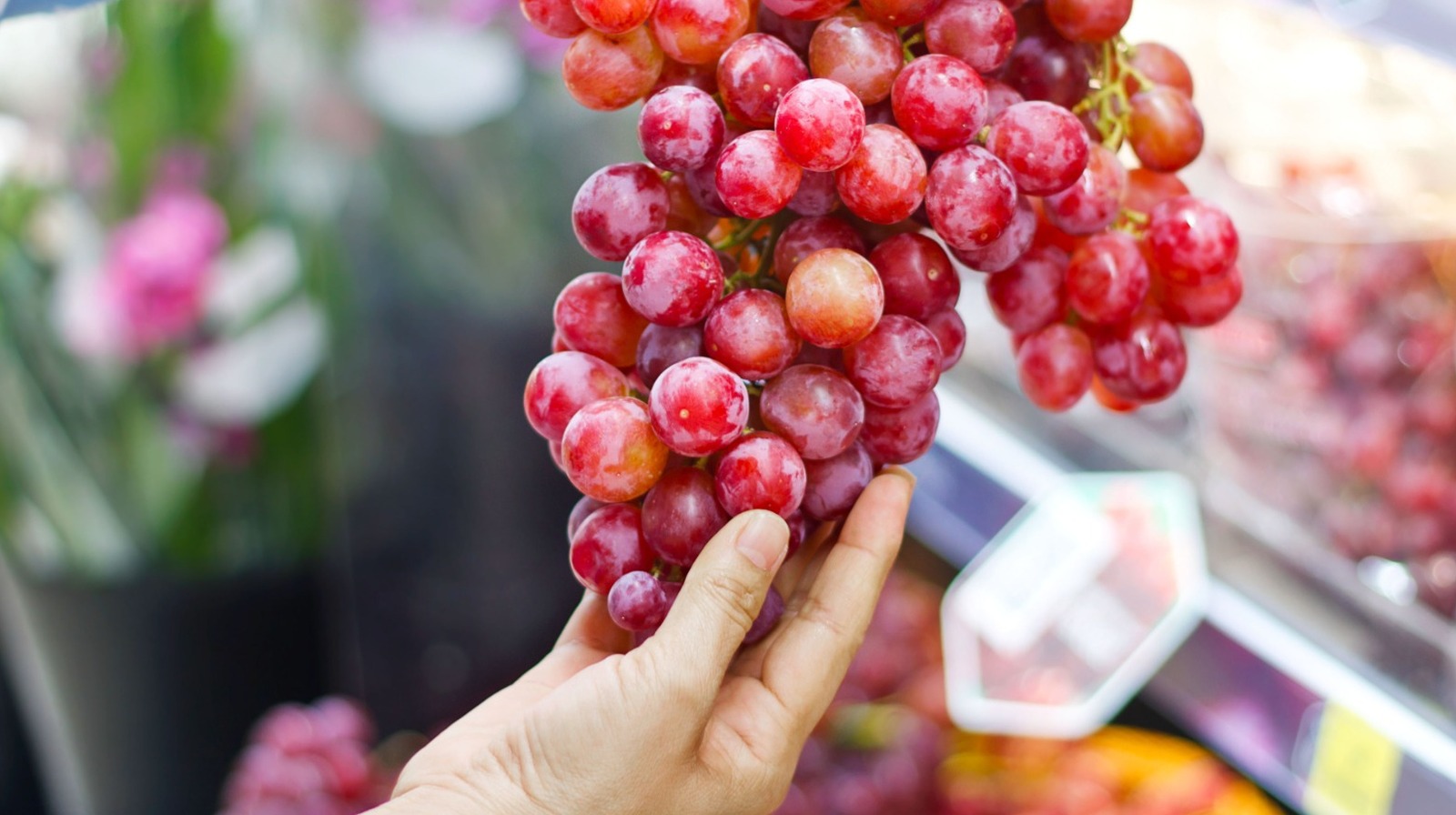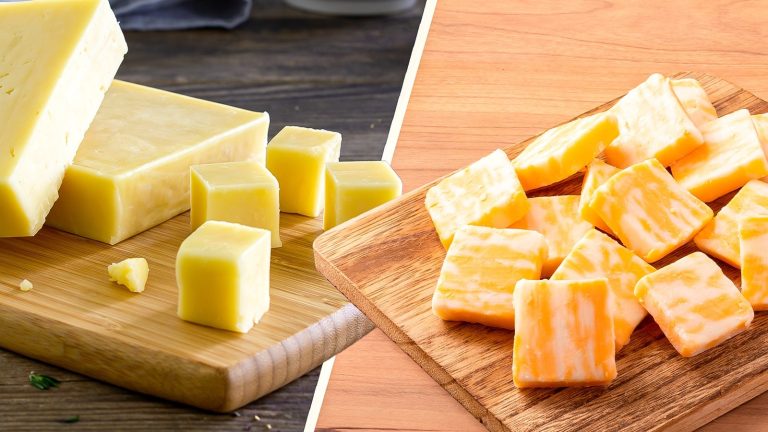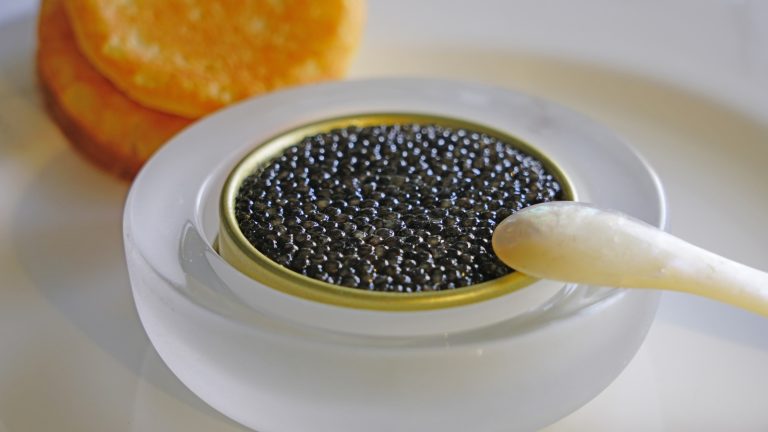You’re in the grocery store, looking through clusters of grapes, trying to find the perfect bunch. You’ve found some contenders, but what’s this? There’s a light, white powdery substance coating them all. While conventional wisdom may tell you to put that tainted fruit right back for fear of mold, the truth is that a cloudy appearance on grapes (or other fruit like plums, blueberries, and apples) is nothing to be scared of. That whitish stuff you see is not mold, but a naturally occurring waxy coating known as oleanolic acid — yeast bloom or simply, “bloom.” It comes from yeast floating in the air which then settled down on the grapes’ surfaces, serving as a layer of protection against moisture loss and microbial attacks. A lot of this naturally rubs off during harvesting and transport to your local grocery store, but if it doesn’t, the grapes are still perfectly good.
Eating a little bloom with your grapes isn’t going to kill you, much less put your health at risk (You’re probably safe if you’re among those who like to sneakily sample grapes at the grocery store). Still, it’s a good idea to rinse grapes with cool water prior to consumption. While grape bloom isn’t harmful on its own, there could still be pesticide residue, dirt, or even germs from other grocery store customers who poked through the grapes before you. Even if you’re willing to take the risk, bloom’s subtly bitter, chalky flavor may not be too pleasant on your tastebuds.
When you should avoid buying grapes
You can take steps to store grapes so they’ll last for weeks, but that’s only when you get them ripe to begin with. Just because a white, powdery coating isn’t automatic cause for alarm does not mean there aren’t circumstances where you should avoid buying grapes. If the white stuff you see is thick or fuzzy — especially around the stem area — that’s more likely to be mold or powdery mildew than bloom. If you’re unsure, you can also try the thumb test; bloom will rub off fairly easily, whereas mold will not. While you’re getting your hands dirty, be sure to take note of the fruits’ texture. Ripe grapes are firm and plump, while grapes that have gone bad are mushy and may burst easily. Just do your fellow shoppers a favor and don’t go around feeling up all the grapes in the produce section — just a couple quick touches should be enough to determine which ones are worth buying.
Other signs that you should avoid buying grapes include brown or black spots, or grapes that are wrinkled or dried-out looking. While pickled grapes are the perfect addition to charcuterie boards, be wary of vinegary smells on grapes in the grocery store as this is another sign of spoilage. If you’re really daring, you can confirm that grapes have gone bad by tasting one or two — spoiled grapes will have a sour taste, or they’ll just feel extra mushy in your mouth. Since that’s not the most pleasant way to check, relying on sight and smell should suffice.






